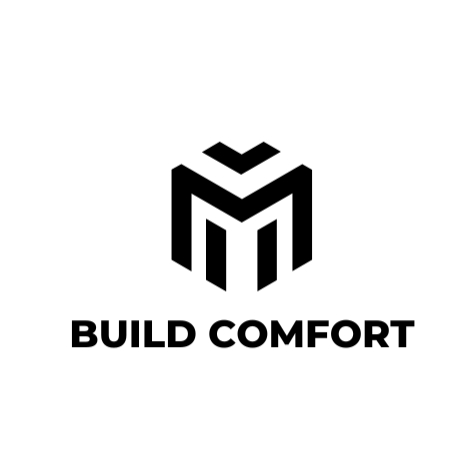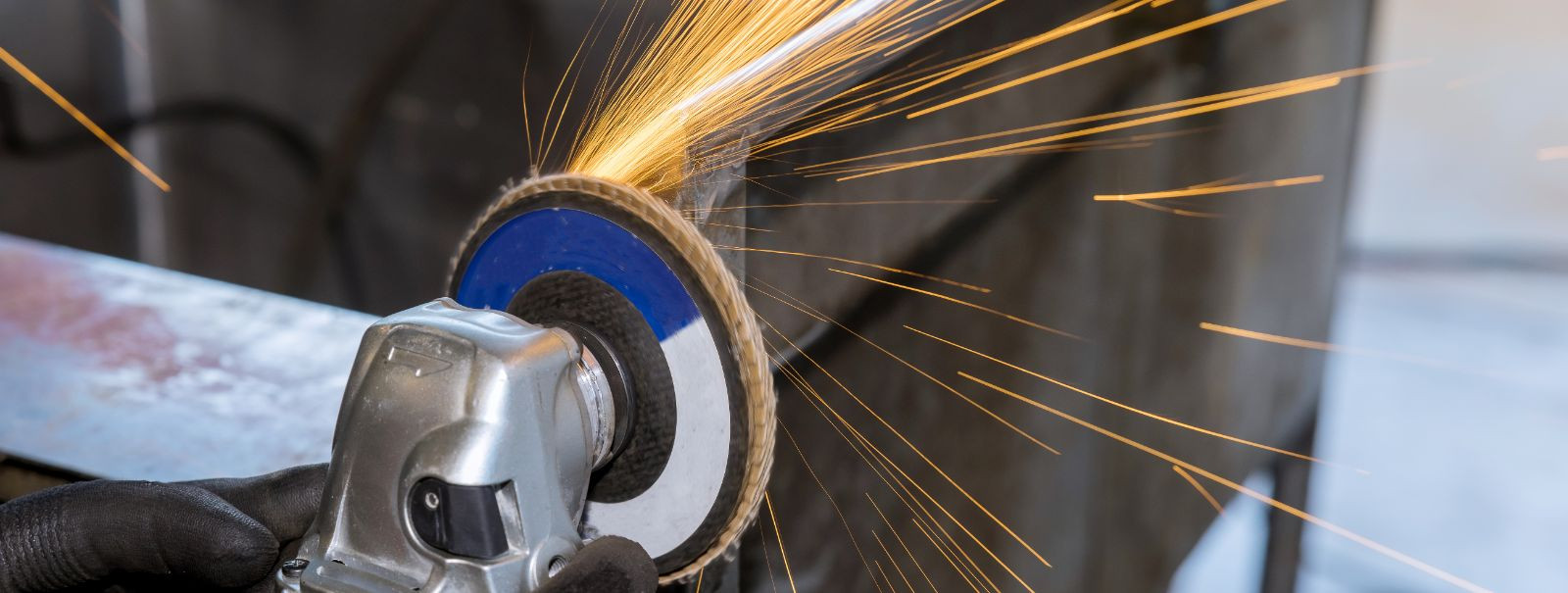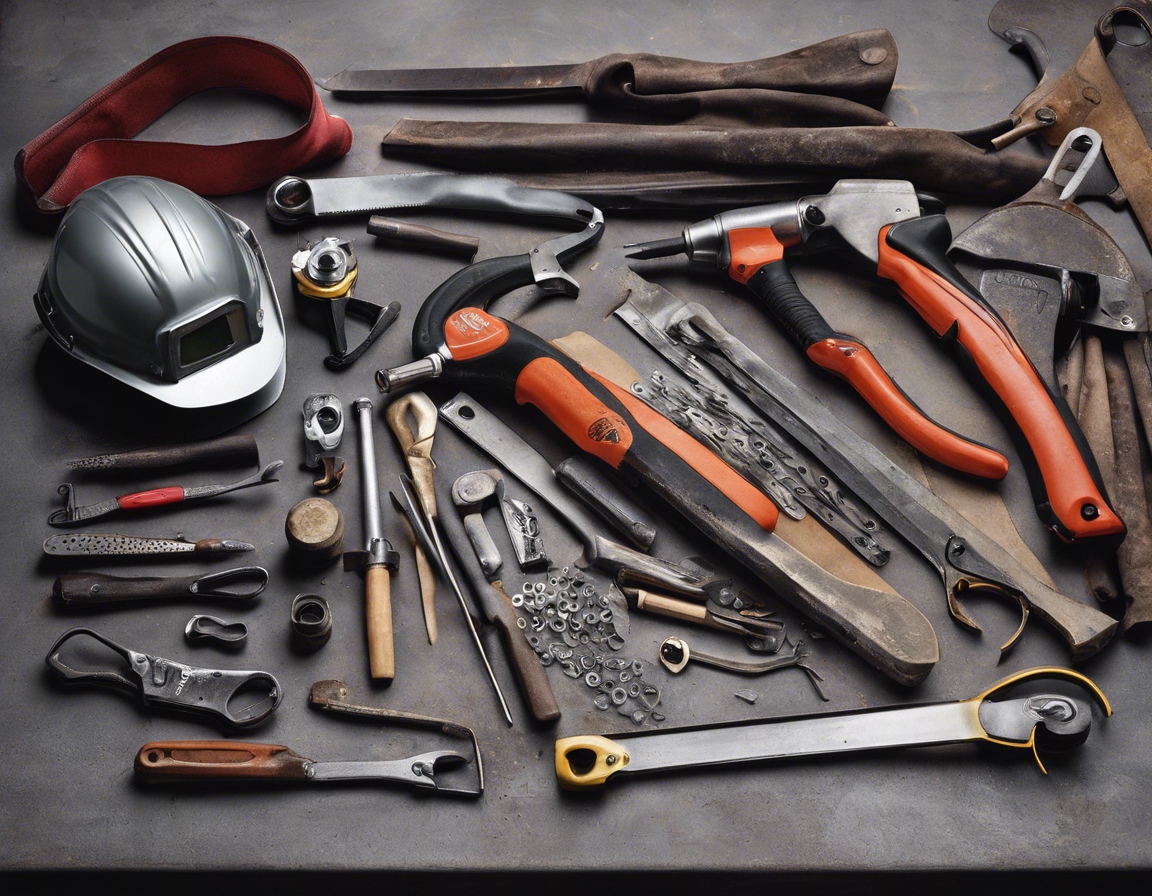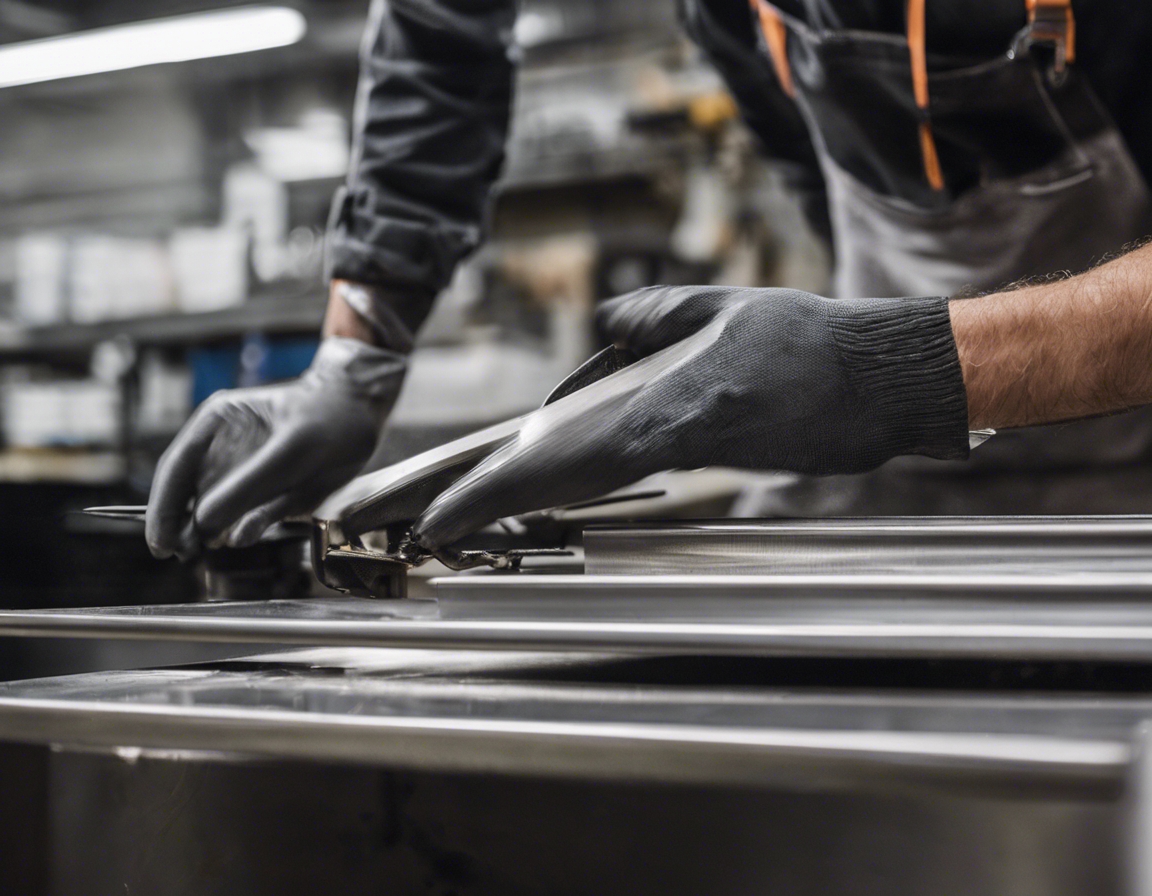5 trends shaping the future of metal construction
The landscape of metal construction is evolving rapidly, driven by technological advancements, environmental concerns, and changing market demands. As we look to the future, several key trends are emerging that promise to shape the industry and offer new opportunities for construction companies, architects, property developers, and industrial businesses. In this post, we'll explore five trends that are poised to influence the future of metal construction.
1. Advanced Materials and Alloys
The development of lightweight materials such as high-strength steel and aluminum alloys is revolutionizing the construction industry. These materials reduce the overall weight of structures, leading to cost savings in transportation and enabling more innovative architectural designs.
Corrosion resistance is a critical factor in the longevity of metal structures. New alloys and coatings are being developed to enhance the durability of metal components, reducing maintenance costs and extending their lifespan.
Metals that can respond to environmental changes, such as shape memory alloys, are on the rise. These smart metals can improve the functionality and adaptability of structures, paving the way for dynamic and responsive construction.
2. Eco-Friendly and Sustainable Practices
The metal construction industry is increasingly focusing on sustainability. Metals are inherently recyclable, and the trend towards using recycled materials is growing, reducing the environmental impact of new constructions.
Advancements in production technology are enabling more energy-efficient manufacturing processes, which not only reduce costs but also minimize the carbon footprint of metal construction.
More projects are aiming for green building certifications such as LEED, which promote sustainability and can offer economic benefits through incentives and enhanced marketability.
3. Prefabrication and Modular Construction
Prefabrication and modular construction techniques are transforming the way buildings are created. By assembling components in a controlled factory environment, construction timelines are shortened, and costs are reduced.
Factory settings allow for greater quality control and consistency in the manufacturing of metal components, resulting in higher-quality constructions with fewer on-site issues.
Modular construction also offers the flexibility to customize designs and easily adapt to changing needs, making it an attractive option for a wide range of applications.
4. Integration of Technology
Building Information Modeling (BIM) is becoming a standard practice in metal construction. BIM facilitates better planning, design, and management of construction projects, leading to increased efficiency and reduced errors.
3D printing technology is advancing rapidly and is now being used to produce complex metal components. This allows for more intricate designs and can significantly speed up the construction process.
The use of automation and robotics in the production of metal structures is increasing. These technologies improve precision, speed up production, and can help address labor shortages in the construction industry.
5. Enhanced Safety and Performance Standards
As buildings are subjected to more stringent safety requirements, the metal construction industry is responding with materials and designs that enhance structural integrity and resilience.
Developments in metal construction materials and techniques are improving the fire and earthquake resistance of structures, providing greater protection for occupants and assets.
With regulations becoming more demanding, the industry is focusing on compliance with the latest codes and standards to ensure safety and performance.






Comments (0)